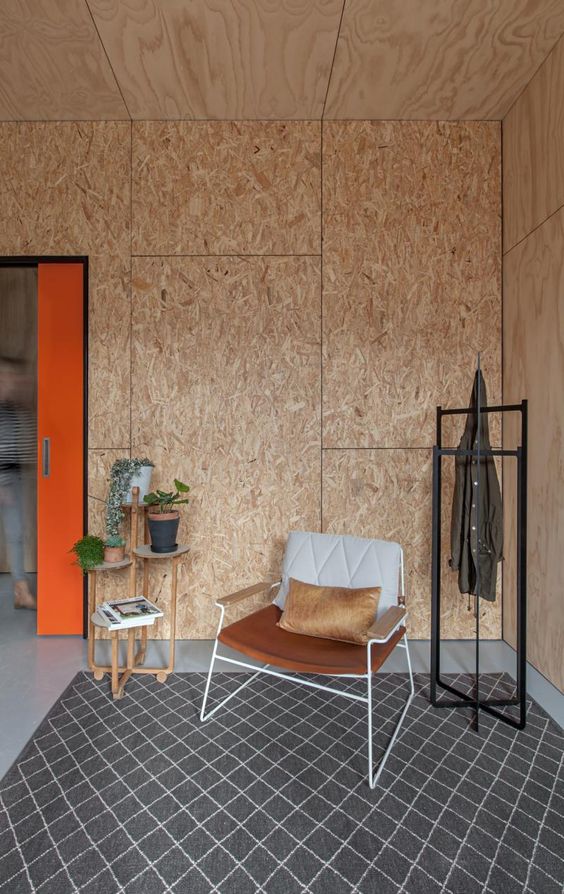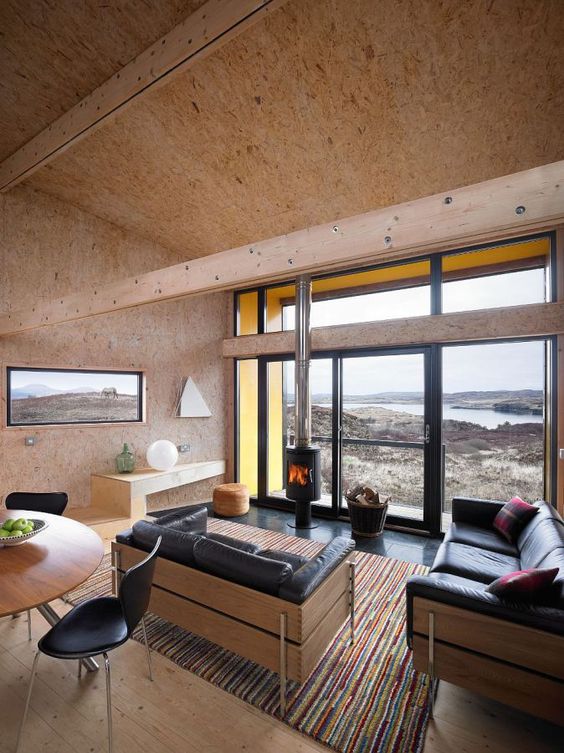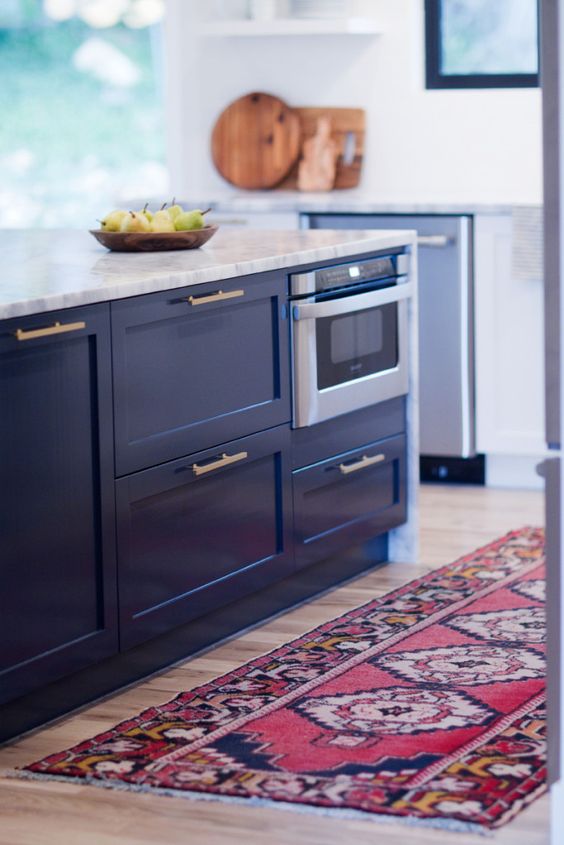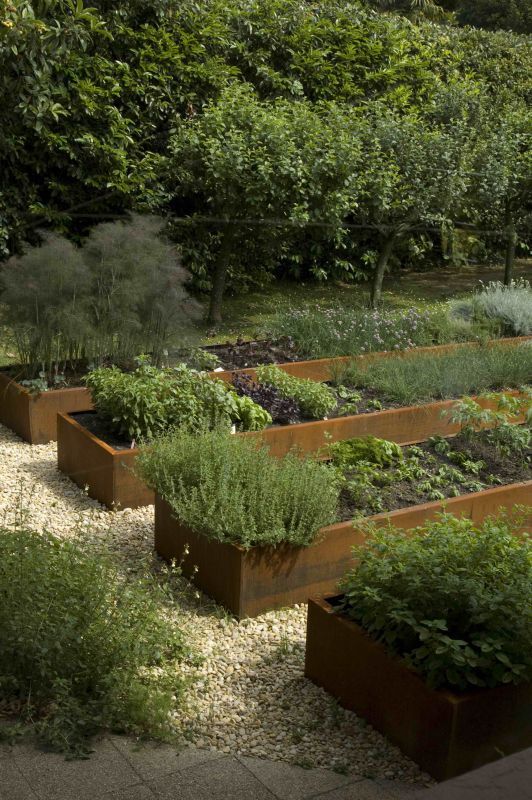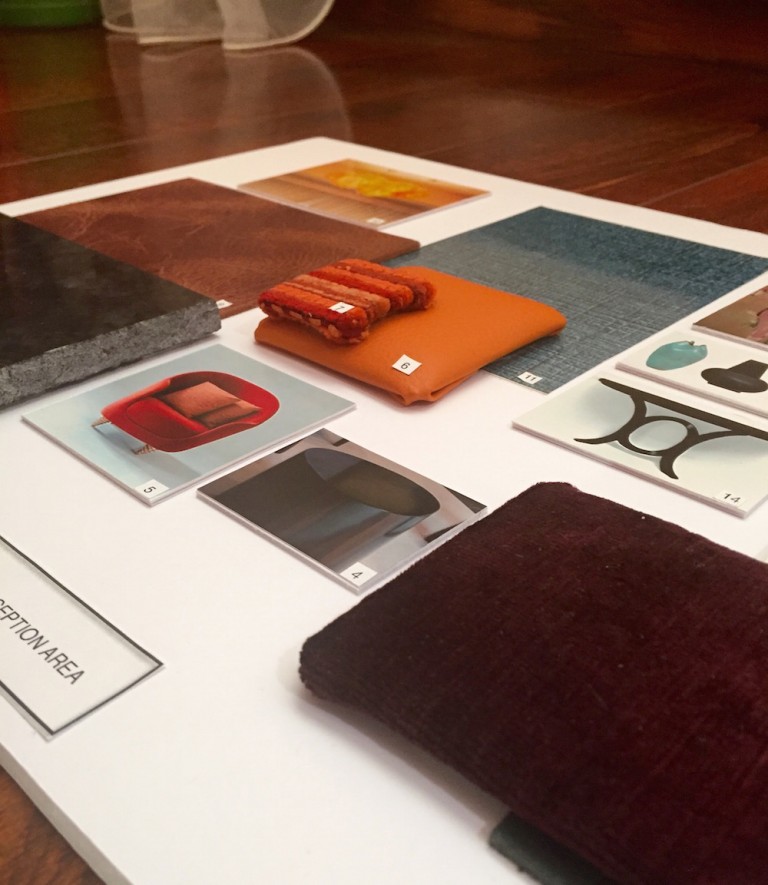Easy Checklist To Make Your Home More Environmentally Friendly
Do you know your carbon footprint? The average American’s is about 20 tons of CO2 or other greenhouse gasses per year. Reducing your personal emissions can be done in many small ways that can add up to big changes in your home, your life, and more importantly, the environment. With the rising cost of energy consumption, there’s another motivation to cut back, and go green in more ways than one.
This list covers the basics of saving you energy in the simplest way possible. It’s so easy to lower the carbon footprint of the whole house, and everyone can get involved!
-
Insulate Well
Older homes are often drafty and creaky, thanks to thinner insulation. You may think you’re saving money on repairs by ignoring it, but between the walls, floor and roof, you’re losing up to 75% of your heat in winter, and air conditioning in the summer. Proper insulation can save you hundreds of dollars throughout the year, not to mention prolonging the life of your heating and air conditioning, which cuts down on manufacturing.
If you’re worried about the construction in your home, don’t! There are plenty of companies, that can blow or spray insulation through small, easy-to-patch holes in the wall. Good news, if you don’t feel like renovating!
-
Use A Fan
Your air conditioner is responsible for releasing greenhouse gases into the air, through their use, or even during manufacturing. Cut down on your use of the air conditioner by using ceiling fans in your light fixtures instead. Electric fans do use some power, but they produce more energy than they take up, making them a great, energy-efficient way to cool off in the summertime.
Another great option is an eco-friendly portable AC unit. They’re smaller than your window box AC, but they release fewer emissions and run on battery power, so like your laptop, they’re designed to save power to keep running longer, so they’re even more efficient. The best portable AC units can double as a fan or even dehumidifier, which saves you on your energy costs and keeps you breathing easy during the hot summer months, no matter where you are.
-
Use Natural Light
Another great summertime trick for keeping cool and lowering your energy costs during the summer, is to make good use of those peak daylight hours. Investing in solar panels is one way to do this, but even opening the blinds and keeping the lights off during the day. Even an hour of lights off can save up to 1.22 pounds of CO2. Check the statistics on Earth Hour, to get the full scope of how powerful an impact you can have, just by turning off your lights!
-
Save Water
There are dozens of ways to save water in your home. Install low-flow showerheads, faucets, and toilets to make significant changes to your water consumption. For smaller changes, try committing to shorter showers, and turning off the tap when you brush your teeth. If you have a dishwasher and laundry, always run full loads to save money, heat, and energy overall. Skip the steam cycle of your dishwasher, in favor of letting them air dry.
Even more important, keep your faucets in good working order. A leaky faucet can waste about 10,000 gallons of water a year. Imagine that! Ten thousand gallons of dripping. Cut that cost by hiring a plumber as soon as you notice the drip.
-
Invest In Energy Efficient Appliances
Thanks to environmental initiatives, companies are starting to get the idea that people want to buy energy-saving appliances, and that makes them more widely available. If you’re replacing something, check the energy rating label and look for energy-saving appliances.
-
Garden
A home garden can have a huge positive impact on your environment. From lowering your consumption of wasteful, chain grocery fruit and veg, to giving nutrients back to the soil through composting, and beyond. Planting wildflowers promotes local bees and ladybugs, and other crawly critters who offer sustenance to plant life.
Planting trees can cut down on your carbon emissions by about 50 lbs a year. Bamboo may cut down as much as four times that! But it’s not just the great outdoors that will thank you. Keeping a bamboo plant, or other house plant in your home will reduce common in-home air pollution, like benzene, or formaldehyde.
Opting for an herb garden or indoor tomato plant means having delicious, fragrant plants you can use in your home, while also keeping your family healthier! Aloe vera plant is another great option for easy growing and useful plant life. It’s healthier than the chemical stuff found in stores, and every bit as powerful as an anti-inflammatory.
-
Upcycle and Reuse to Reduce Waste
Decluttering and buying less stuff is a great way to cut down on your CO2 emissions. Less manufacturing and less landfill waste, means less greenhouse gases in the air, and less trash around. Simple ways to cut down on your consumption of junk include:
- Carry your own bags to the store, or reuse plastic bags when you get them.
- Reuse paper junk by writing grocery lists on junk mail and old envelopes. Reuse paper by using your kids artwork as gift wrap or craft paper.
- Upcycle leftover containers and glass jars to store food, office supplies, or other small things around the house.
- Reuse water bottles, or buy a jug and filtration system, to cut down on plastic bottles.
-
Mend Clothes Instead of Replacing Them
I’m as big a fan of my closet as the next girl, but do we really need so much? It’s really easy to cut down on the 16.65 billion pounds of textile waste in the US every year. Learn to sew, to make on the fly changes and fixes to clothes you love. If you don’t love it, donate it. There are plenty of people who would be happy to have your gently-used clothes. So not only are you giving back to the environment, but you’re giving back to your community.
A good rule of thumb is if you’re eyeing something you absolutely must have in a shop window, try and donate two items from your closet. If you find that hard, ask yourself, is it worth it? The answer is usually no.
It can be hard to know where to start when working to reduce your environmental impact. No matter what, we’re still going to leave some kind of footprint on the planet. But by making a few small changes to the way you live, you can make a huge positive impact on the environment. And who knows? Once it starts, you’re bound to see how much it saves you money, and you’ll feel the effects of living cleaner, healthier, more energy-efficient lives.
After that, you might find it’s worth it to make bigger changes to your energy consumption. For now though, these eight tips will help keep you on track to lower your family’s carbon footprint, help your planet, and even save you some money.


